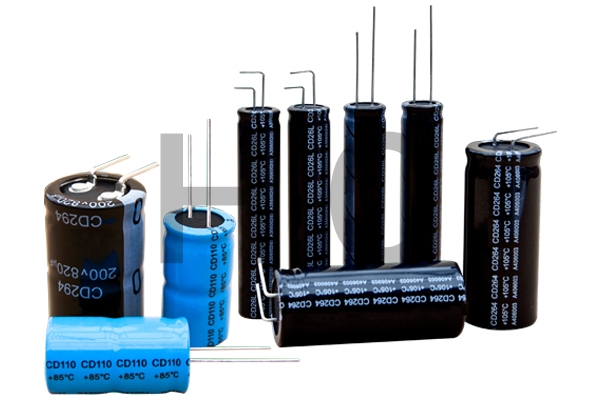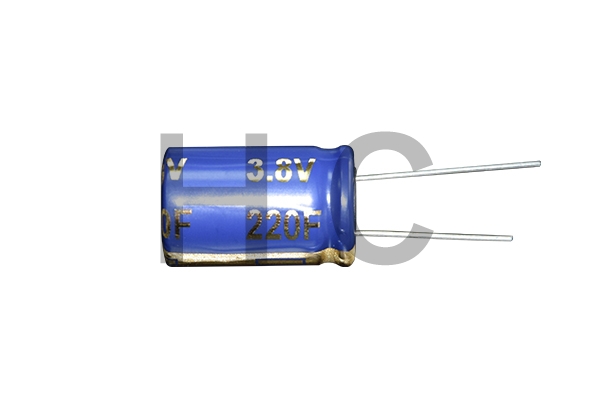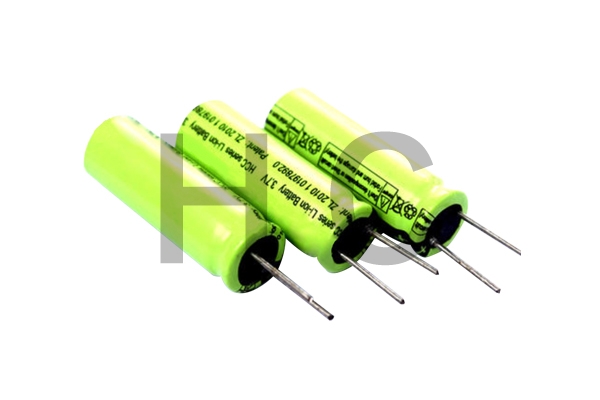The components of an ultracapacitor can vary from product to product. This is determined by the geometry of the Farad capacitor package. For the placement of prismatic or square packaged product parts, the internal structure is based on the placement of the internal parts, ie the internal collector electrodes are extruded from the stack of each electrode. These collector pads will be soldered to the terminals, extending the current path out of the capacitor.
The main shortcomings of supercapacitors in applications with high energy density requirements and long operating cycles are as follows:

Low pressure. The current withstand voltage of supercapacitors is much lower than that of ordinary capacitors, and the voltage is about 1-3V. If the series method is used to drive, the volume of the energy storage system is relatively large, which is not conducive to driving high-power equipment.
lower specific energy. The energy density of supercapacitors is about 20% of that of lead-acid batteries; if the same energy is stored, the volume and weight of supercapacitor manufacturers are much larger than those of batteries.
The life extension of supercapacitor is relatively speaking, it is a process of continuous influence, not the effect of extending the life after a short operation for a certain period of time. Requirements, the control of moisture and magazine content, the formula of the pole piece, the feeding, etc.; Second, the supercapacitor after the product, the application environment and the depth of the cycle.

Voltage equalization problem when connecting in series. In the production process of supercapacitors, there is a problem of uneven process and raw materials, and there are some differences in internal resistance, capacity and other parameters of capacitors of the same batch and standard. Therefore, the supercapacitor module assembly needs to be equipped with a series voltage equalizing device during use to improve the energy utilization rate and safety of the assembly.
The terminal voltage fluctuates seriously. In the process of using the supercapacitor, its terminal voltage changes exponentially. When the supercapacitor releases 3/4D of energy, its terminal voltage will drop to 1/2 of the original voltage.
